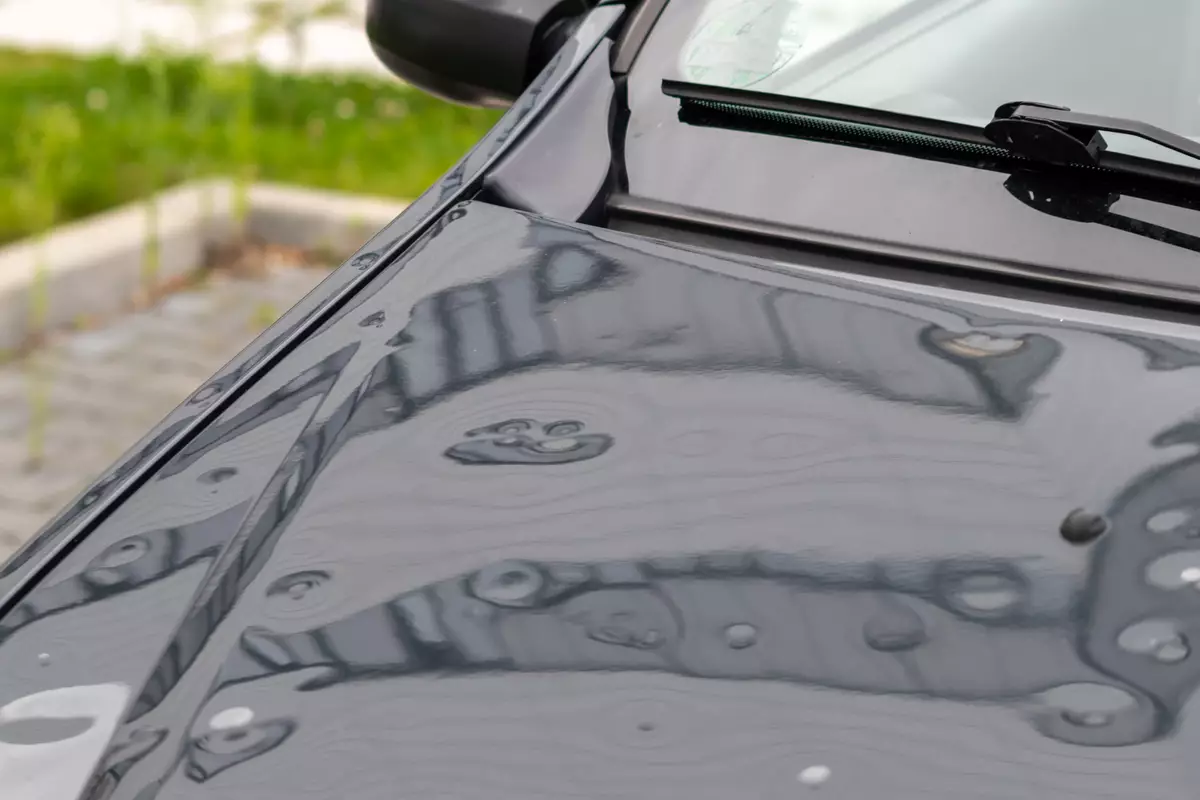Should You Buy a Hail-Damaged Car?


Sometimes you can score a great deal on a hail-damaged car, but if you don’t take the proper precautions before finalizing the purchase, well, there could be hail to pay. Changes in the seasons often bring big hailstorms. With autumn here and more severe weather likely to occur, more damaged vehicles may make it into the market.
Related: What Is a Salvage Title and Should I Buy a Car With One?
When big storms hit, dealerships often advertise sales on their now cosmetically imperfect or recently repaired fleet of hail cars. “All in all, some minor hail damage on a car might result in a nice discount on an otherwise great vehicle,” AAA said a statement. “Just be cautious as you inspect the vehicle and talk to your lender, insurance agent and automotive technician before you buy.”
Caveats for Buying a Hail-Damaged Car
Before you go trying to score a sweet deal on a hail-damaged car, consider the following tips from AAA:
- Examine the car closely, as there could be more damage than immediately meets the eye.
- Have any repairs made after the hail damage incident inspected by a professional technician.
- If you’re buying from a dealer, find out if it will repair the damage and if it will still honor the car’s warranty.
- Consult your insurance agent to find out if you’ll still be eligible for comprehensive coverage.
- If you’re financing your car purchase, make sure your lender will finance a hail-damaged car.
- Consider the cost of the damage on your resale value down the road.
What to Do If Your Car Gets Hail Damage
If it’s your vehicle that’s been damaged by hail, CarInsurance.com offers advice on whether you should bother to claim the damage on your insurance or fix it out of pocket, whether you should have the damage repaired at all and if you should even keep your hail-damaged car. First, remember that hail damage is only covered by a comprehensive policy, and that if the damage doesn’t exceed your deductible, it’s probably not worth claiming at all.
If you own the car outright and choose to live with the hail damage, opting to pocket the insurance-claim check, remember that the amount of the check will be deducted from future damage claims. If you still owe a lender, you’ll likely have to fix the car, as any settlement check will be made payable to you and the lien holder.
If your hail-damaged car is declared a total loss and your state allows hail damage as the sole reason for a salvage title, the damage will show up on the title.
“Many states have a ‘hail’ designation to distinguish hail-totaled cars from wrecked or flooded ones. Others simply mark the title as ‘salvage,’” CarInsurance.com stated. “If the car is not declared salvage, the title is clean. The damage may show up on electronic notification systems such as Carfax, though.”
If your vehicle is declared a total loss due to hail but you wish to keep driving it despite the dents, you may be able to get your insurance provider to pay you the difference between the vehicle’s value before the damage occurred and its salvage value, minus your deductible. Beware, though: You may need an inspection before the car is allowed back on the road, and your title will be forever branded, making it potentially difficult to insure.
More From Cars.com:
- What Is Gap Insurance?
- Car Caught in a Flood? Here’s What to Do
- How to Negotiate With a Car Dealer
- Should I Buy a New or Used Car?
- More Car Buying Advice
How to Prevent Hail Damage to Your Car
Hail comprises 50% to 80% of all storm-related insurance claims each year, reinsurance company Swiss Re told Bloomberg. That damage adds up fast, too: In 2023, there were 19 storms that caused $1 billion or more in damage in the U.S. Auto claims are a significant chunk of that, and it’s only getting worse as severe weather becomes more intense. According to insurance services company CCC Intelligence Solutions, hail claims were at least 11.8% of all comprehensive insurance claims in 2023, which is up nearly 3% since 2020. To avoid having your auto wind up as part of that total, Progressive offers the following tips:
- Find out if you live in an area at high risk of hail and, if so, opt for covered parking.
- If you know there’s a big storm brewing that could result in hail, find someplace to shelter your car, such as a local mall’s parking garage.
- In the absence of a covered-shelter option, cover your vehicle either with blankets from home or with a cover specifically designed and sold for this purpose. Make sure to secure the cover, though, as winds can be very strong in weather that produces hail.
Related Video:
Cars.com’s Editorial department is your source for automotive news and reviews. In line with Cars.com’s long-standing ethics policy, editors and reviewers don’t accept gifts or free trips from automakers. The Editorial department is independent of Cars.com’s advertising, sales and sponsored content departments.

Former Assistant Managing Editor-News Matt Schmitz is a veteran Chicago journalist indulging his curiosity for all things auto while helping to inform car shoppers.
Featured stories




